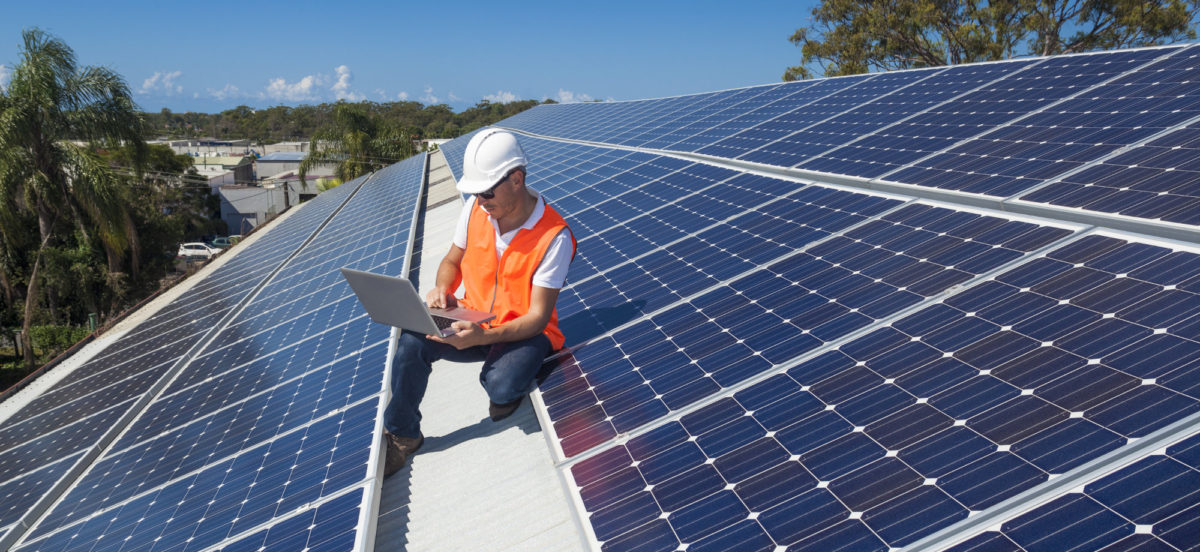The federal government has extended the coverage of its Default Market Offer (DMO) to Australian households and businesses with solar systems and with flexible or time-of-use tariffs in New South Wales, South Australia and southeast Queensland starting from 1 July 2020. The DMO will effectively cap the price paid for electricity purchased from the grid, and will not have any impact on the export tariffs paid to solar households.
Introduced last July, the DMO used to cover only residential and small business customers who were on flat tariffs or had controlled loads. The offer was created in an effort to protect consumers by setting a maximum price a retailer can charge on standing offers. It is also intended to act as a reference price that energy retailers must use when advertising or promoting offers, making it easier to compare offers between retailers.
The decision to extend price protection follows the latest Australian Energy Regulator (AER) draft price determination on the Default Market Offer, which confirms electricity prices should continue to fall across southeast Queensland and South Australia and to remain well below prices before July 2019 across New South Wales. For instance, the AER has determined that the DMO for electricity, which replaced “standing offers” as the backstop for those who are not on market contracts, will deliver electricity price cuts between 4.4% and 7.1% for households and small businesses respectively.
However, questions have been raised over the extent of savings to be generated by the DMO for solar households, given that the overwhelming majority is already on solar tariffs cheaper than the DMO. The AER estimated that solar households that were on standing offers would see their annual electricity bills reduced by $181.
“For customers who find pricing and discounts confusing, or who simply don’t have the time to negotiate a better deal, the Default Market Offer acts as both a strong price safety net and a reference price to help consumers to more easily compare offers and find the cheapest deal,” Energy Minister Angus Taylor said. “More than one in four Australian families now have solar on their roofs – this is about protecting them from high prices when the sun doesn’t shine.”
The AER is currently receiving submissions on the draft DMO determination and expects to release the final determination in April.
This content is protected by copyright and may not be reused. If you want to cooperate with us and would like to reuse some of our content, please contact: editors@pv-magazine.com.









By submitting this form you agree to pv magazine using your data for the purposes of publishing your comment.
Your personal data will only be disclosed or otherwise transmitted to third parties for the purposes of spam filtering or if this is necessary for technical maintenance of the website. Any other transfer to third parties will not take place unless this is justified on the basis of applicable data protection regulations or if pv magazine is legally obliged to do so.
You may revoke this consent at any time with effect for the future, in which case your personal data will be deleted immediately. Otherwise, your data will be deleted if pv magazine has processed your request or the purpose of data storage is fulfilled.
Further information on data privacy can be found in our Data Protection Policy.